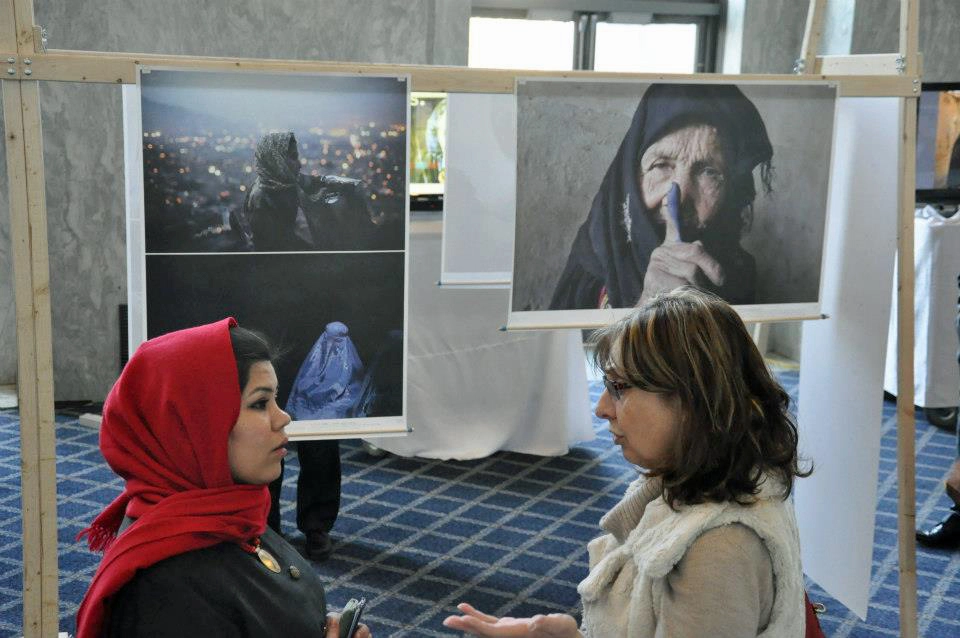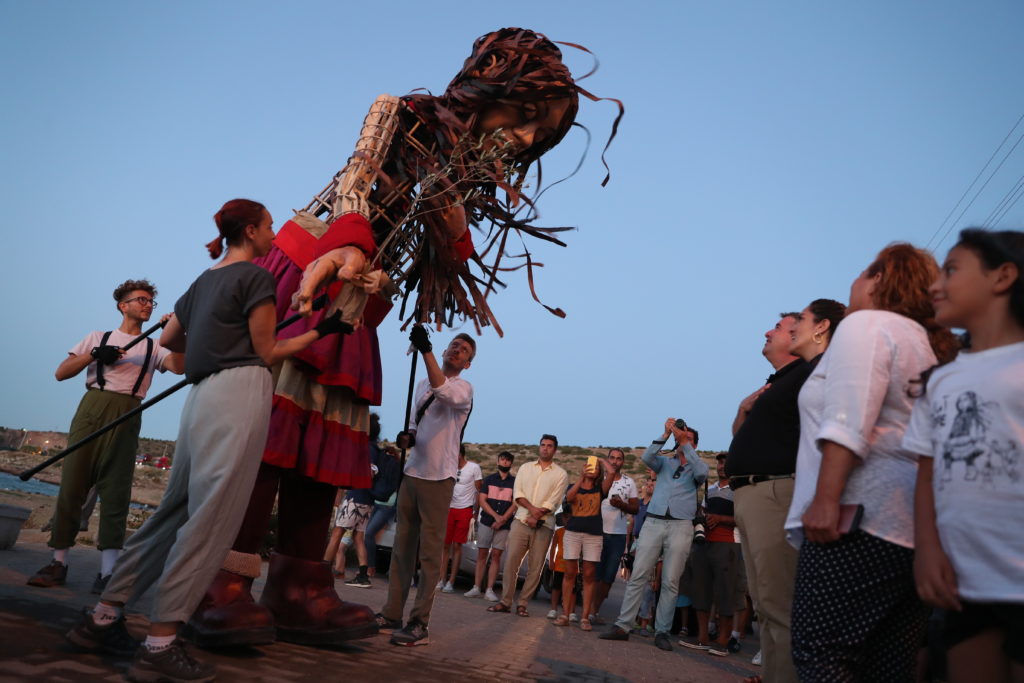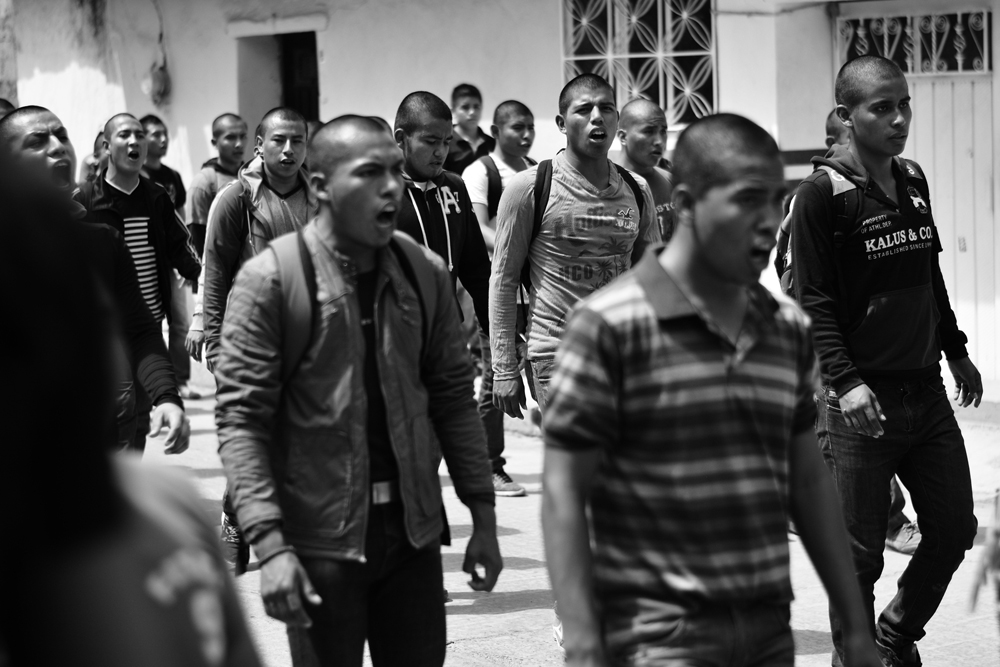Women Between Peace and War: Afghanistan
Tracing the Crisis of the Family in a Country Under Siege
About the Project
Women and girls are the cornerstone to rebuilding peace in Taliban-controlled Afghanistan. The eroding effects of gender inequality, poverty, and lack of access to healthcare and education, however, have become the abhorrent and seemingly impermeable mainstays in many women’s lives. Establishing Afghan women as community actors lies in empowering them as political leaders. Only then can a shared vision of harmony, balance, and freedom ensue. Investment in women is an investment in peace.
When this exhibit was created in 2012, the government of Afghanistan was engaged in major military actions to gain control over Taliban-influenced areas. However, today we know that in September 2021, the Taliban took over the country following the withdrawal of all international troops. Before 2021, women and girls had very limited opportunities and after September 2021, they were stripped of their human rights. Women have been removed from their jobs, barred from attending secondary school, prohibited from traveling, and forced to wear face coverings.
Women Between Peace and War has been designed as an international awareness campaign that works to ensure that the voices of women and girls were not lost in the international military and political engagement in Afghanistan. Over the last 10 years the political, social, and cultural landscape of Afghanistan has changed significantly, and unfortunately as a result of these changes, women have been excluded from public life and have had almost all of their rights taken away. The voices and stories of these women need our attention as they face unimaginable violence, discrimination and hardships. Women Between Peace and War highlights the past stories of Afghan women and in doing so this exhibit provides an opportunity to shed light on the current plight of women and girls in Afghanistan.
about the artists
Ron Haviv
Ron Haviv is an American photojournalist and co-founder of the photo agency VII.
Lynsey Addario
Lynsey Addario is an award-winning American photojournalist and author.
Public Programs
October 24, 2013 | Finnish Parliament Annex, Helsinki, Finland
Special thanks to the Suomen UN Women who presented the exhibit.
October 10, 2013 | Harvard Humanitarian Initiative
October 3, 2013
Asia Society, New York
Special thanks to speaker Ambassador Melanne Verveer, former United States Ambassador-at-Large for Global Women’s Issues
Suverine Caluwaerts of Doctors Without Borders and moderator Elizabeth Rubin.
March 14, 2013
Rayburn House Office Building, DC
Featured photography by Lynsey Addario, Paula Bronstein, Jean Chung, Ron Haviv, Jared Moosey, Moises Saman, Stephanie Sinclair, Abbie Trayler-Smith, Veronique de Viguerie, and Farzana Wahidy. Art direction by de.MO
March 6, 2013
ASF + Scandinavia House, New York
Special thanks to speakers Melanie Ward, ActionAid UK; Lynne Featherstone MP, Parliamentary Under-Secretary of State, UK Department for International Development; Shinkai Karokheil MP, Member of Parliament, Afghanistan; Mabel McKeown, Women in the World Foundation.
In partnership with Scandinavia House, Action Aid, and Women in the World Foundation.
October 25, 2012
Young Women’s Leadership Charter, Chicago
May 20, 2012 Intercontinental Hotel, Chicago
Special thanks to speakers His Excellency Zalmai Rassoul, Afghan Foreign Minister and the Honorable Melanne Verveer.
bring this exhibit to you
All of our exhibitions are designed to tour and can be adapted to a broad spectrum of venue types and sizes.
We are happy to provide step-by-step support for hosting this exhibit.
Contact us to learn more about bringing this exhibit to your community.

Installation of Women between Peace and War
resources & tools
News
March 2023: A new UN report states that the Taliban takeover of Afghanistan has erased over 20 years of progress for women and girls due to the denial of their fundamental rights
Stats
- 24.4 million people – 5.5 million women and 6.3 million girls are in need of humanitarian assistance (January 2022)
- 80% of secondary school-aged girls were prevented from attending school (April 2022)
- 28.3% of women aged 20 to 24 years were first married or in union before age 18
Amnesty International
support for this project
Women Between Peace and War is generously supported in part by SAPPI, Ideas that Matter and UNWOMEN.


